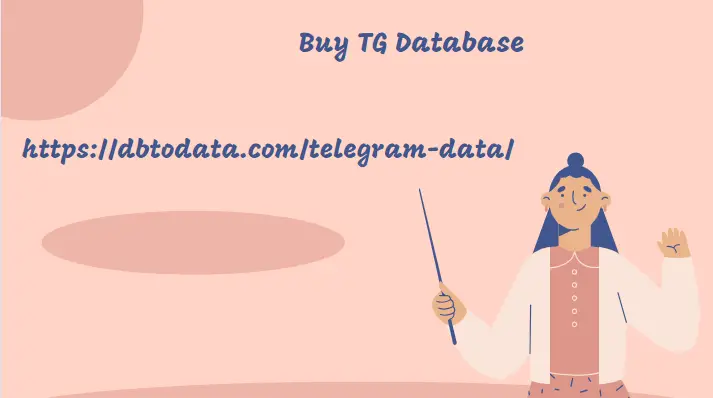Post by account_disabled on Feb 18, 2024 8:12:08 GMT 1
We all know why the hypnotist plants his employees in the audience… And why TV comedies use laugh-tracks… And why the barista starts his morning by seeding the tip jar… It’s because people need to believe that they are one member of a large herd that believes X, is entertained by Y, or does Z. Nobody wants to be the first or only one to do something. There’s safety in numbers (see picture above). That’s the idea behind the oh-so-popular principle of social proof, which you’ll recall from Dr. Cialdini’s Influence, among other books and articles: “People see an action as more appropriate when others are doing it.”- Robert Cialdini Want someone to be open to hypnosis? Show that others have been successfully hypnotized.
On the web, social proof comes in a variety of forms – or indicators of social Buy TG Database approval / disapproval – that you can easily use on your landing pages and blog posts, including: Number of tweets, followers, likes… Number of comments Star ratings Number of reviews Written testimonials Video testimonials The entire point in using social proof on your landing page or post is to influence your visitor in ways copy alone simply can’t… …But what if you have 0 tweets on a post or page? I’ve heard some people refer to a lack of social proof as “low social proof”.

But there’s no such thing as “low social proof”. A lack of testimonials says just as much as a plethora of them – it just tells a negative story instead of a positive one… Let’s explore 3 types of negative social proof… and how you can neutralize them or turn your visitors’ perceptions around. 3 Ways Your Social Proof May Be Working Against You You’ve got positive social proof, negative social proof and neutral social proof. When we’re trying to encourage our visitors to convert, we want positive or neutral social proof – never negative. Negative social proof happens when you’ve got a) no evidence of people talking about you or b) evidence that the wrong kind of people are talking about you.
On the web, social proof comes in a variety of forms – or indicators of social Buy TG Database approval / disapproval – that you can easily use on your landing pages and blog posts, including: Number of tweets, followers, likes… Number of comments Star ratings Number of reviews Written testimonials Video testimonials The entire point in using social proof on your landing page or post is to influence your visitor in ways copy alone simply can’t… …But what if you have 0 tweets on a post or page? I’ve heard some people refer to a lack of social proof as “low social proof”.

But there’s no such thing as “low social proof”. A lack of testimonials says just as much as a plethora of them – it just tells a negative story instead of a positive one… Let’s explore 3 types of negative social proof… and how you can neutralize them or turn your visitors’ perceptions around. 3 Ways Your Social Proof May Be Working Against You You’ve got positive social proof, negative social proof and neutral social proof. When we’re trying to encourage our visitors to convert, we want positive or neutral social proof – never negative. Negative social proof happens when you’ve got a) no evidence of people talking about you or b) evidence that the wrong kind of people are talking about you.
